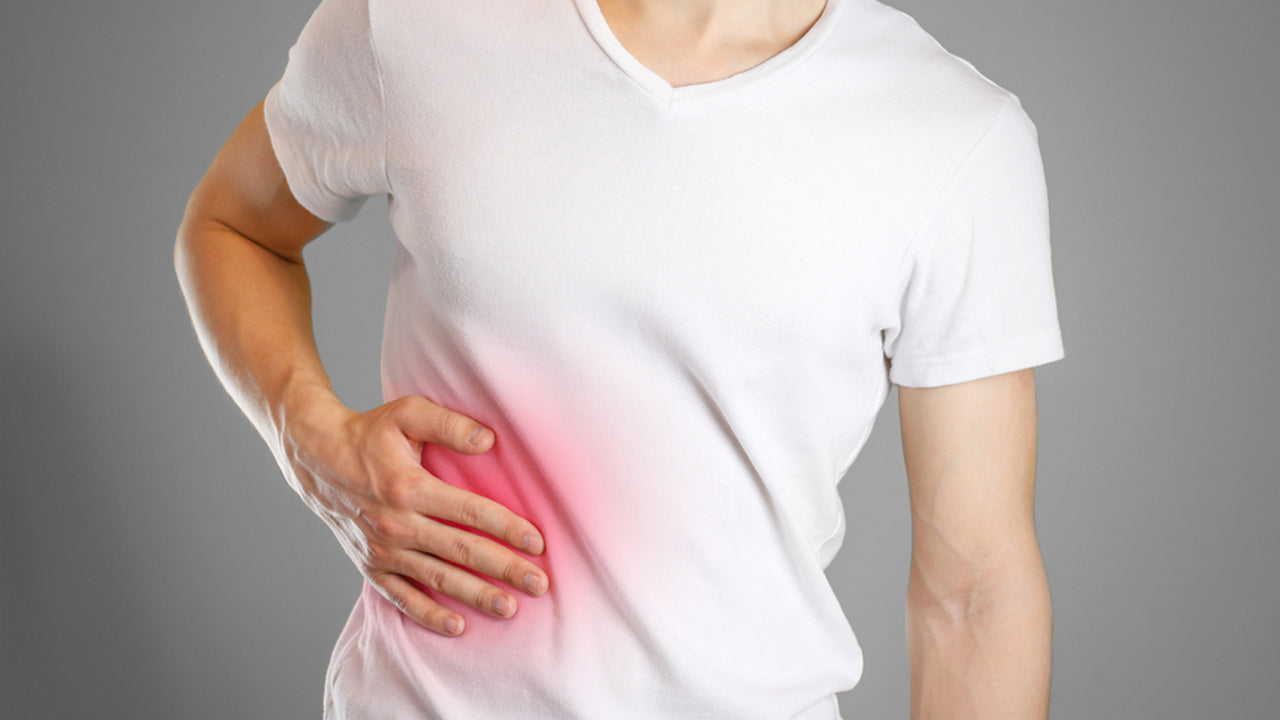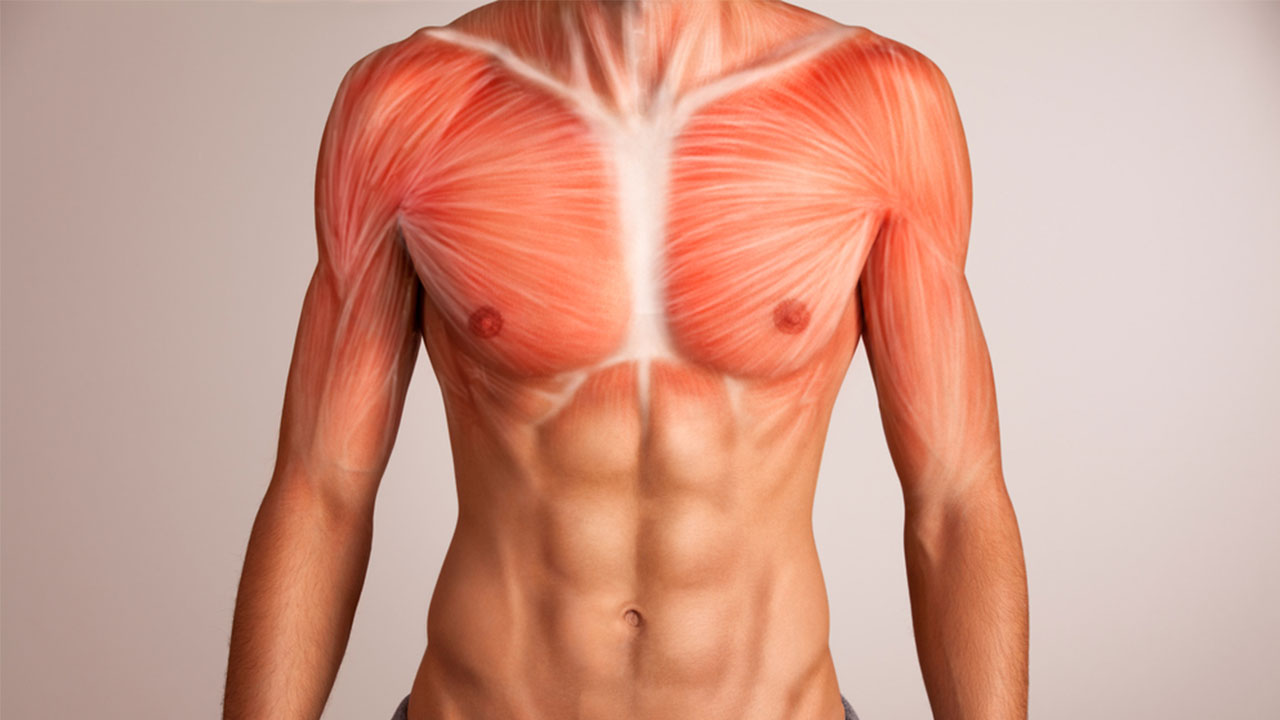Is It Possible to Reverse Liver Cirrhosis Naturally?
 By: by Amino Science
By: by Amino Science

The liver is one of the most unique organs in our bodies, with an ability to heal in a way that other vital organs cannot. Damage done to the heart, for example, is damage that cannot be undone by your body or by medical technology; it can only be worked around. Likewise with the kidneys: ground lost in kidney functioning is ground that is permanently ceded. However, some people do require liver transplants, indicating that as much as the liver can recover from damage, it can't completely regenerate after a certain point. Where is the line between reversible damage and irreversible damage? Can you reverse liver cirrhosis naturally, without medications or a transplant? This article explores that question.

What Is Cirrhosis of the Liver?
Your liver is the largest organ inside your body (your skin itself is the largest organ overall, but it's on the outside). The liver's function is to help digest your food, store energy substances, and detoxify your blood of any impurities, poisons, or toxins that are eaten or otherwise ingested.
You can aid a healthy liver in its detox duties by consuming a liver flush diet. But what can you do to help an already ailing liver? First, it's important to understand what cirrhosis is and where it falls on the liver damage continuum. What follows are the stages of liver failure.
- Stage 1: The first stage leading to liver failure is inflammation. The liver becomes inflamed and enlarged when it is overtaxed with too many toxins and cannot filter them out at a high enough rate. Common causes of liver inflammation include viral hepatitis infection, alcohol consumption, autoimmune hepatitis, or poisoning. Sometimes this stage arises without any noticeable symptoms.
- Stage 2: Fibrosis of the liver is the second stage of liver damage, which involves the appearance of scar tissue on the liver. A little bit of scarring can be overcome, but chronic liver fibrosis is also known as the early stages of cirrhosis. Scarring inhibits liver functioning and starts to threaten a person's survival rate.
- Stage 3: Cirrhosis of the liver is the third stage of liver failure, an incredibly serious and life-threatening condition that may have symptoms like jaundice (a yellowing of the eyes and skin), muscle cramps, dry mouth, peripheral edema, abdominal fluid buildup (ascites), and compromised brain function (hepatic encephalopathy).
- Stage 4: The fourth and final stage is end-stage liver disease. This is often the cause of death in those who are not treated quickly enough or who cannot receive a liver transplant. Blood tests determine who is healthy enough to even be included on the transplant list, and not everyone is eligible.
As you can see, cirrhosis is the last stop before potential end-of-life hospitalization. When scarring of the liver becomes so extensive that it eclipses healthy liver tissue and starts to interrupt blood flow, detoxification, and digestion, medical advice and treatment is an emergency necessity, but can cirrhosis be fixed?
Cirrhosis: Symptoms, Complications, and Prognosis
The National Institute of Diabetes and Digestive and Kidney Diseases says that the most common underlying causes of liver scarring and cirrhosis are conditions like chronic hepatitis, long-term alcohol abuse, and cases of diet-induced nonalcoholic fatty liver disease. Some of those conditions can be treated or avoided entirely by getting vaccinated, making diet and lifestyle changes, practicing safe sex, and drinking alcohol in moderation, but if the damage is not stopped in time, liver failure and liver cancer may develop, which could end a person's life.
Cirrhosis Symptoms
It's important to recognize the symptoms of cirrhosis and liver disease as soon as possible. Those symptoms include:
- An itching sensation of the skin
- Swelling in the extremities (edema)
- Unexplained fatigue or listlessness
- Lack of appetite
- Stomach or muscle cramping
- A tendency to bruise or bleed easily
- Unusually dark urine
- Tar-colored or pale stool
- Cognitive disorientation or confusion
- Unexplained weight loss
- Jaundice or yellowing of the skin or sclera of the eyes
Cirrhosis Complications
Regardless of how it comes about (hepatitis B, hepatitis C, alcohol abuse, fatty diet, or genetics), cirrhosis affects up to 10% of the population of the United States, according to the American Liver Foundation. The complications of cirrhosis quickly shorten the lifespan of those diagnosed with this disease. Complications include:
- The creation of bile duct and gallstones
- Portal hypertension, edema, and ascites, which can lead to the bacterial infection known as peritonitis
- Hepatic encephalopathy, which leads to an accumulation of toxins in the brain
- Diseases like type 2 diabetes and metabolic bone disease due to the interference in digestion and absorption of nutrients
- Weakened immune system and spleen functioning
- Higher risk of infection, kidney failure, and lung failure
- Varices, which are enlarged blood vessels in the stomach or esophagus that may burst and cause deadly bleeding
- A much higher risk of liver cancer
Cirrhosis Prognosis
Unfortunately cirrhosis isn't curable, but it is treatable. Once you're aware of the damage being done to the liver, the first priority is to treat and if possible cure the underlying cause, and then to stop the progression of cirrhosis and prevent deadly complications. For alcoholics that means sobriety is key. For those with hepatitis, disease management is the first priority. For those whose liver biopsy shows too much damage to overcome, a liver transplantation may be the only option, but for some, there are natural ways to help your liver cope with cirrhosis.

Can You Reverse Liver Cirrhosis Naturally?
As with scar tissue anywhere on or in your body, while you can't reverse the damage, you may be able to minimize its impact on your life and live around it. What follows now are natural ways to cleanse your liver, support its health and functioning, and strengthen your body so you have the resources to cope with any complications that may arise.
1. Eat a Liver-Cleansing, Anti-Inflammatory Diet
Your liver detoxifies your body, so you can't exactly detoxify it. What you can do, however, is to avoid poisoning it and provide it with the nutrients it needs to detox itself. That means avoiding alcohol intake entirely, only consuming medicine when you absolutely need to (avoid over-the-counter medications for mild aches and pains if possible), and eating a robust diet of nutrient-rich foods such as:
- Dark, leafy greens like spinach and kale
- Other steamed veggies like broccoli, carrots, and asparagus
- Potassium foods like avocados, sweet potatoes, and bananas
- Natural herbal supplements like ginger, turmeric, milk thistle, or dandelion and burdock root
- Probiotics like Greek yogurt or sauerkraut
- Citrus fruits and juices
- Cold-pressed oils like coconut and extra virgin olive oil
- Superfood supplements like wheatgrass, spirulina, and chlorella
Avoid overeating and abstain from unhealthy food substances like refined sugars and carbs, spicy and fried foods, alcohol, and caffeine. If you smoke, now is the time to quit to help preserve your liver function and quality of life.
2. Maintain a Healthy Body Weight
Obesity and fatty diet are huge contributors to liver disease in the Western world, and if those are the underlying causes of nonalcoholic fatty liver disease (NAFLD) and cirrhosis, they need to be addressed immediately.
Even if weight is not directly tied to cirrhosis (let's say your cirrhosis is caused by a hepatitis infection), maintaining a healthy weight is still imperative. Obesity is closely linked to high blood pressure, which causes extra strain on your heart and increases your risk factors for diabetes and your cholesterol levels. By focusing on healthy, sustainable weight loss and eliminating obesity as a risk factor, you improve your liver's health.
3. Guard Against Diseases and Toxins
The best defense is sometimes a good offense, and when it comes to liver disease and liver failure, that means reducing your exposure to toxins (household or industrial chemicals that can damage your liver cells), as well as to diseases like hepatitis (if you're not already vaccinated, make it a top priority), and checking your medications for anything expired or unnecessary (ask your doctor about any prescriptions or take gentler alternatives to common over-the-counter drugs). By preventing toxins of any kind from reaching your liver, you preserve its remaining healthy tissue.
3. Take an Essential Amino Acid Supplement
Taking just 13 grams of essential amino acids twice a day for a month has been shown to lower liver fat levels in people with mild to moderate alcohol use disorder (1). Supplementing with essential amino acids can also help prevent NAFLD, even when fructose intake is high, which makes for a worthwhile nutritional intervention (2).
Studies also show that taking a daily oral essential amino acid supplement has been proven to help lower total cholesterol and VLDL cholesterol levels in the blood, as well as reducing triglyceride levels in both the blood and liver. Such an effect significantly protects against heart disease and fatty liver disease, and can likely help reverse a cirrhosis diagnosis.
The Amino Company specializes in essential amino acid supplements for liver disease. Find out more about our liver supplements here.
Managing a Cirrhosis Diagnosis
Cirrhosis cannot be reversed, as it's the last stage of liver disease before hospitalization is required. However, the preceding stage, liver fibrosis (when scar tissue is still being accumulated), can be stopped before the damage becomes permanently debilitating. You can't be too careful when it comes to the symptoms of liver damage: the sooner you catch it, the better diagnosis you'll receive and the longer you'll be able to live healthily.

Up to 25% off Amino
Shop NowTAGS: illness
Join the Community
Comments (0)
Most Craveable Recipes




 833-264-6620
833-264-6620



















